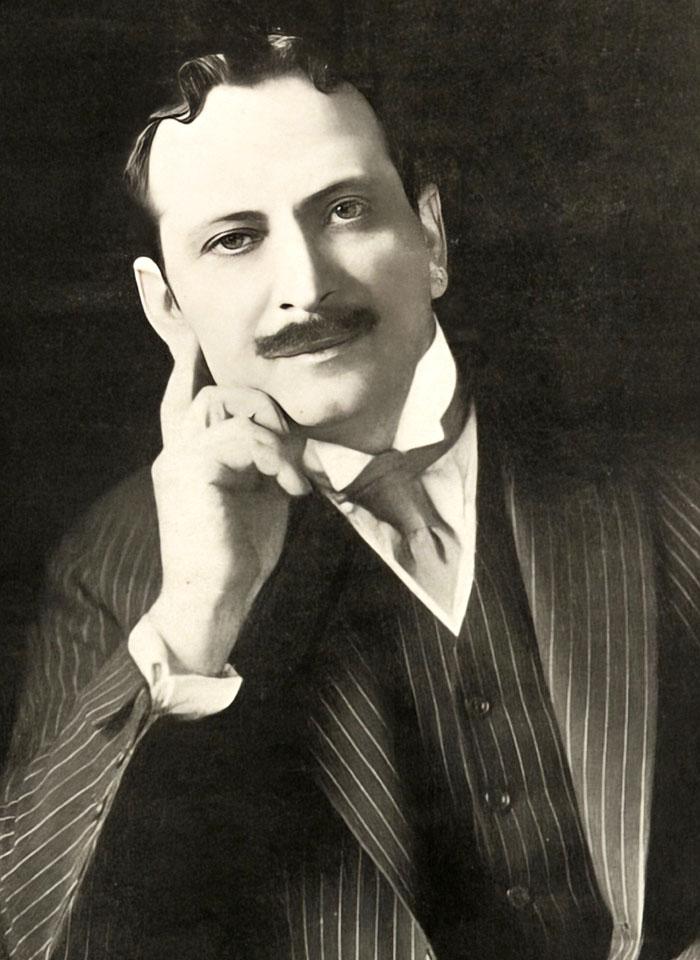
Henri Bendel, Photo Courtesy of Illustrated Milliner, New York Public Library
Henri Willis Bendel, January 22, 1868 – March 22, 1936, was born in Louisiana and moved to New York to work as a milliner. He opened his first shop in Greenwich Village in 1895. In 1907, he began branding the brown-and-white striped boxes, a unique and instantly recognizable feature of the company. The store would eventually move to 5th Avenue and 43rd Street, and in 1913, Henri took over a townhouse at 10 West 57th Street.
When I arrived at Harper’s Bazaar in 1971, the magazine’s offices were at 717 5th Avenue, 55th Street. Henri Bendel, the chicest shopping mecca, was just a few blocks away. It was a destination pulsating with excitement and the promise of finding something extraordinary. I would frequent Bendel’s quite often, and on one outing, Bill Cunningham, who, naturally, stationed himself outside the store, took my picture, the first of many. It appeared in WWD in 1972.
“A name known to many, a man known to few. Henri Willis Bendel was celebrated in his lifetime as a tastemaker and merchant prince but is now a nearly lost figure”. -Tim Allis, “Henri Bendel and the Worlds He Fashioned”
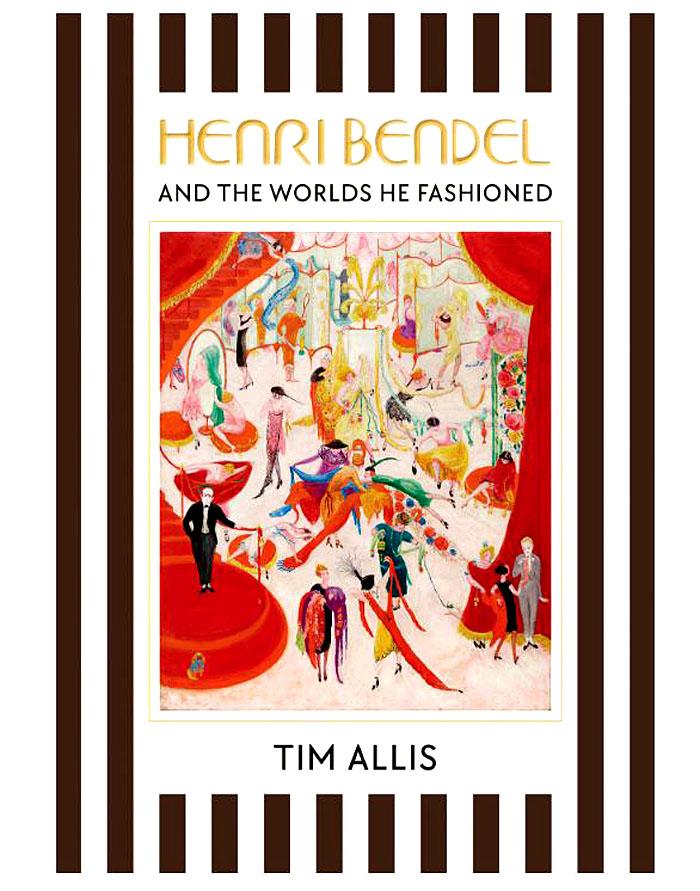
“Henri Bendel and the Worlds He Fashioned,” UL Press University of Louisiana at Lafayette Click here to order The 264-page hardcover tome, with 324 color and black-and-white images, is published by the University of Louisiana at Lafayette Press and will be released on September 24.
Very little was known about the man behind the name of this legendary store. Like many others, I assumed Henri was a Frenchman if he existed at all. That misconception, among many others, is one of the main reasons Tim Allis, a New York-based writer, editor, and playwright, was inspired to write “Henri Bendel and the Worlds He Fashioned.” Lavishly illustrated and designed, it is a deliciously entertaining and informative read.

Tim Allis, Photo by Michael Lionstar
Tim could not comprehend how somebody who attained such fame in the 20s and 30s would be lost and forgotten in history. He wanted to make sure people knew who and what Henri Bendel was and to clear up the many misconceptions. One misconception is that his wife was French. Henri was briefly married; his wife Blanche Lehman died in childbirth in 1895 along with their baby.
Bendel never remarried. He was openly living with male companions throughout his life. In his will, he made Abraham Beekman Bastedo, an Episcopalian organist and his companion for over 30 years, one of the principal benefactors of his estate.
Abraham lived the rest of his life as President of the store and was buried alongside Mr. Bendel in Valhalla. That said, the relationships were never explicit. There was always a haze over Henri’s private life, but his personal relationships were a significant part of his life and influenced his business decisions.
Many untruthful things were written about Bendel in the Stutz era. For example, it was thought that Ms. Stutz brought in Andy Warhol to illustrate for Henri Bendel. In fact, Ms. Stutz hired Warhol to illustrate for I. Miller when she was President of that company.
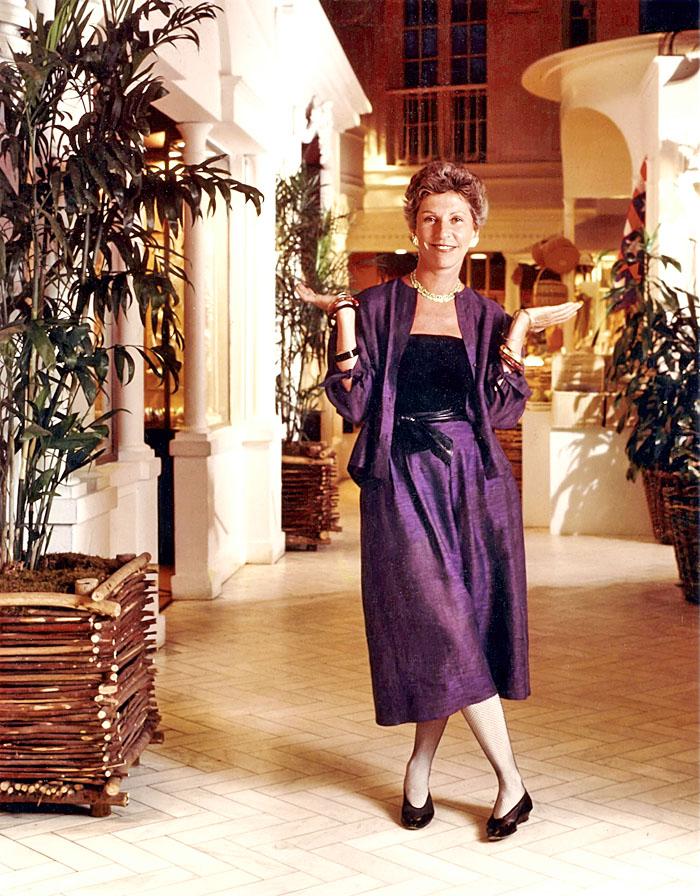
Geraldine Stutz in Bendel’s Street of Shops, Photo courtesy Parsons School of Design
The Stutz era was undoubtedly an enthralling time. According to Allis, there was a rumor that Stutz wanted to rename the store Geraldine Stutz. Tim wanted to give Geraldine as much space and prominence as he could fit into the book’s format. Still, his emphasis was first and foremost on Henri Bendel, who unexpectedly died at the age of 68, decades before Ms. Stutz began her career at the store.
“The unlikely, lively epic of how a gay, Jewish, small-town Southerner became Manhattan’s reigning taste arbiter, Henri Bendel and the Worlds He Fashioned is a tour de force” – Amy Fine Collins.
Tim was initially disheartened by how little information there was about Henri, who never wrote a memoir and had no letters. There was such a lack of information about Henri, especially his personal life, that Tim almost put the project down about 100 times.
One of Tim’s primary sources of information was WWD, not the New York Times. WWD, called Women’s Wear back in the day, had a lot of material about the store and about Henri from the early 1900s through the 30s, which helped Tim capture Henri’s voice.
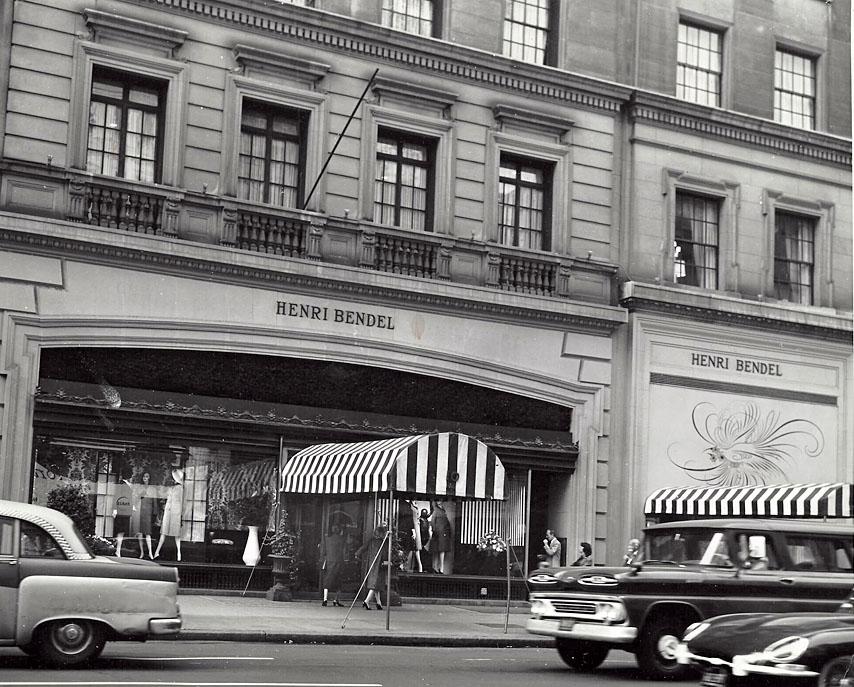
10-14 West 57th Street in the 60’s, Photo courtesy of Parsons School of Design
That was the magic turnkey for Tim, along with Henri’s very telling columns. Henri wrote a syndicated column giving fashion advice for many years through the 30’s, reaching American women nationwide. In his book, Allis recounts Bendel’s from the bustles and corset years to the days of furs and flappers, to the tailored chic of the 1930s and 1940s to modern times, when Geraldine Stutz transformed Henri Bendel from a carriage trade retailer in decline into a chic emporium of designer brands in the 1960s.
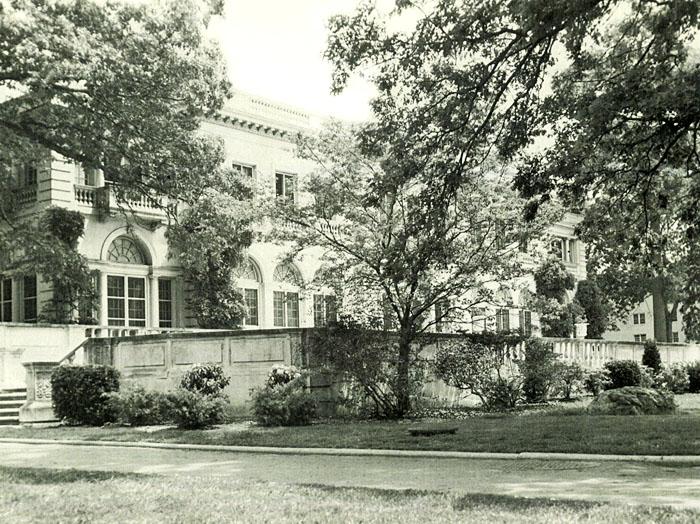
Bendel’s Mansion at Kings Point, Long Island, Photo courtesy of Sally Robbins
Tim’s comprehensive examination of Henri Bendel leaves no stone unturned. The book is filled with beautiful narratives and marvelous descriptions of Henri’s opulent life. Moreover, it bridges the enormous gap in twentieth-century American and French fashion history, providing a comprehensive understanding of Bendel’s influence and leaving the reader feeling knowledgeable about fashion history.
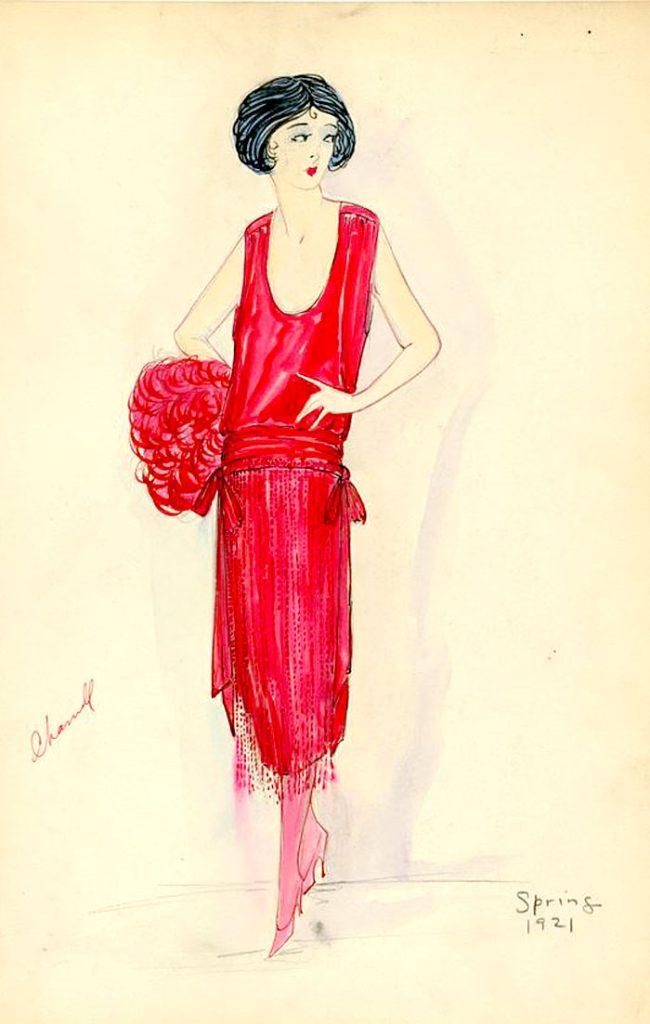
Sketch of a Chanel dress in the Bendel Sketch Collection at the Brooklyn Museum, Brooklyn Museum, Henri Bendel LLC
Henri Bendel was not just a retailer, but a significant influencer in the twentieth century, pioneering the luxury fashion industry in the United States. His keen eye for detail and his passion for fashion made him a maestro showman, deeply interested in every aspect of his business and the fashion world. His influence on both American and French fashion is a testament to his visionary approach.
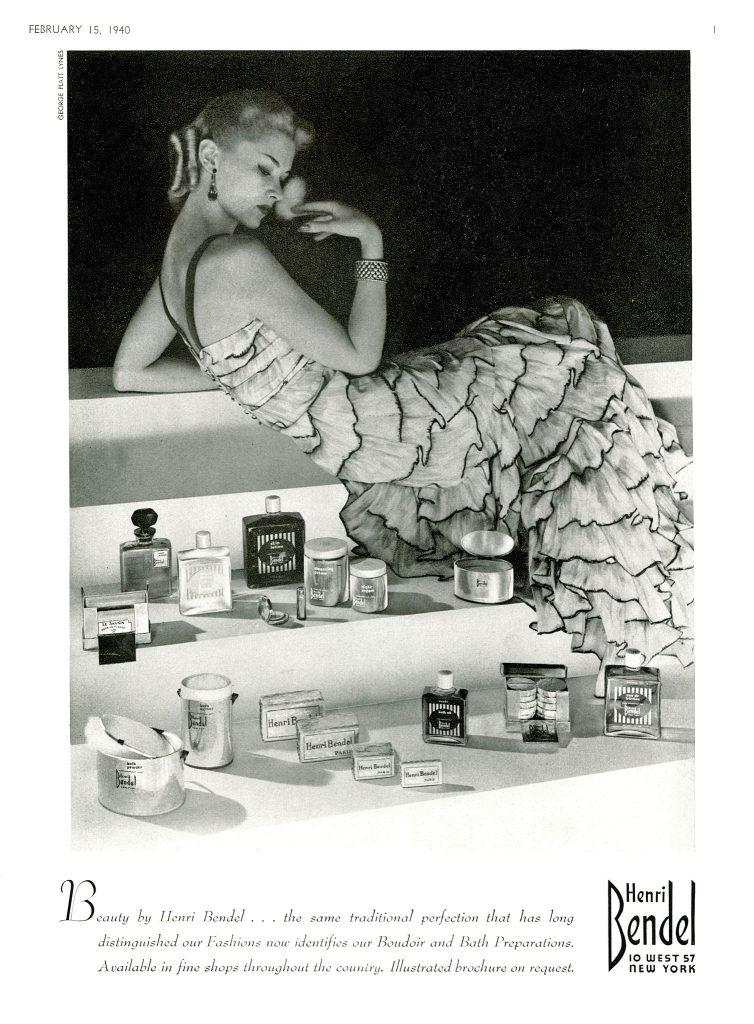
Bath and Boudoir Bendel Ad in Vogue, 1940, Photo courtesy of Vogue Conde Nast, Henri Bendel, LLC
Henri devised a retail template that we know today. Many of the things he implemented were ahead of their time, and Tim focuses on all of them. Bendel pioneered in several ways, including branding—he created and sold house-line soaps and perfume and opened satellite stores in Newport and Palm Beach when that was rarely done. His innovations continue to shape the fashion industry.
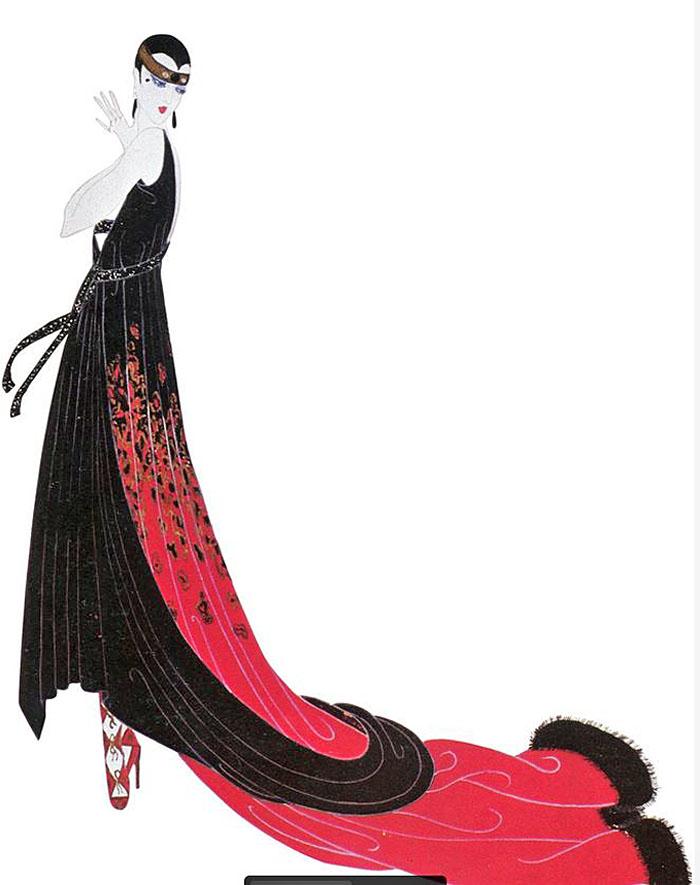
Erte Sketch circa 1916, Photo Courtesy of Chalk and Vermilion, LLC, Artists Rights Society (ARC)
The early ones were seasonal pop-up shops. Bendel was also innovative and somewhat democratized sales, starting out relatively high-end and expanding with offerings at different price points and accessories. He also introduced clearance sales to fine fashion. Bendel was not only the pre-eminent ambassador of French fashion in America, but he also encouraged the development of American styles.
Tim says in his book, “Henri was having his brioche and eating it too.” Much is being written about the Battle of Versailles when American designers stormed Paris in the 1970s.
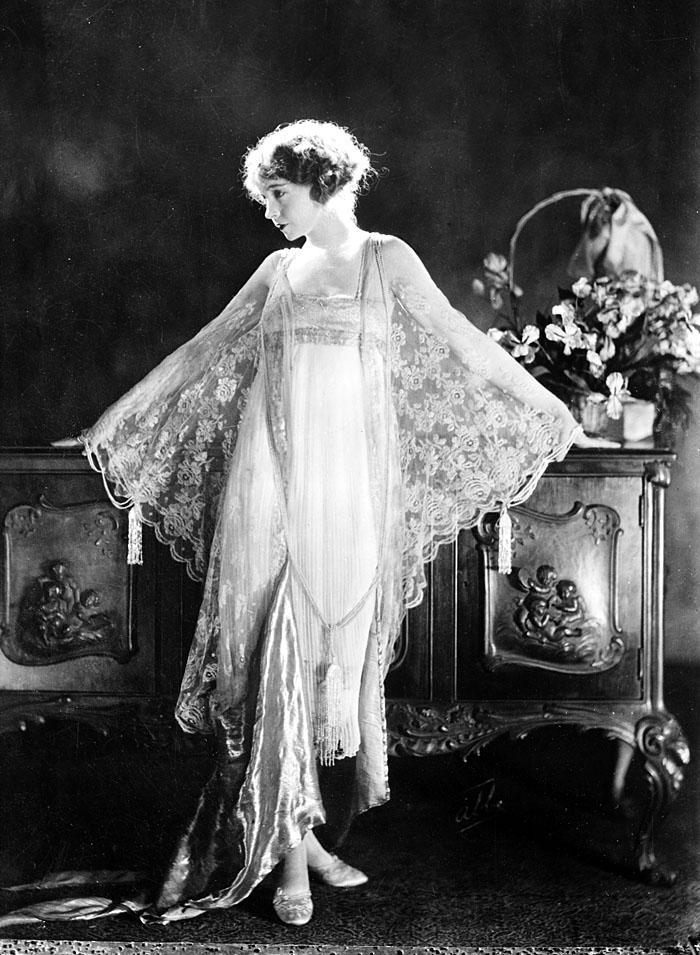
Lillian Gish in a Bendel Gown, Photo courtesy of Library of Congress
However, the first salvos were fired in 1915 when Vogue’s Edna Woodman Chase staged the Fashion Fete to promote American designers. She credited Bendel’s signing on first as the key to its success, getting other shops and designers to join in.
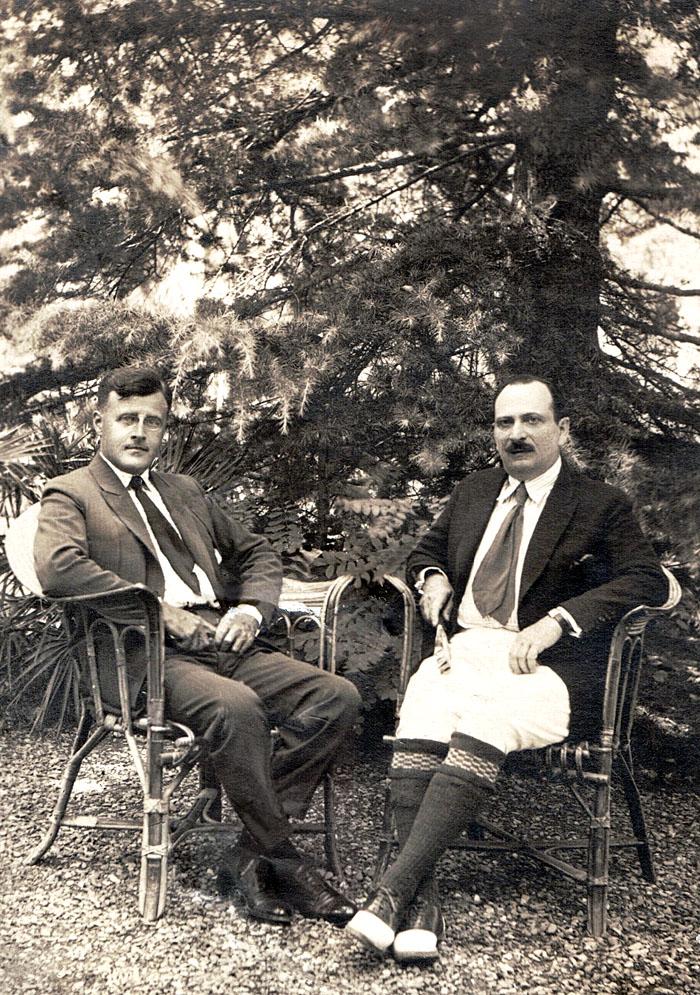
Abraham Bastedo, and Henri Bendel, Photo courtesy of Elizabeth Marchesan
In 1913, Henri was the first to set up shop on the traditionally residential West 57th Street, known as “La Rue de la Paix of New York” .Other high-end fashion stores, including Bergdorf Goodman, followed suit. Bendel was an incredibly shrewd and successful businessman, but he was also a compassionate employer concerned about modernizing workrooms. Henri was exceedingly generous. In June 1923, Bendel gave his employees a 45 percent stake of the store’s full $4 million worth of capital stock, distributed over five years in quarter-million-dollar lots.
While Bendel was an avowed Francophile, he was not born in France and did not have a silver spoon in his mouth. He was born in Lafayette, Louisiana, to a close, tight-knit Jewish family headed by his immigrant stepfather and mother.
Henri’s nurturing parents supported and encouraged young Henri to pursue his obvious talents and passions. It’s a classic case of nature and nurture and a prime example of the archetypical Jewish commitment to education, culture, and being well-dressed. Tim says Henri’s parents’ commitment to education just “leaps out” of his story.By the time Henri was a teenager, he spoke Parisian French and Latin at a Jesuit college. The French Henri learned in Louisiana facilitated relations with the Parisian couture houses.
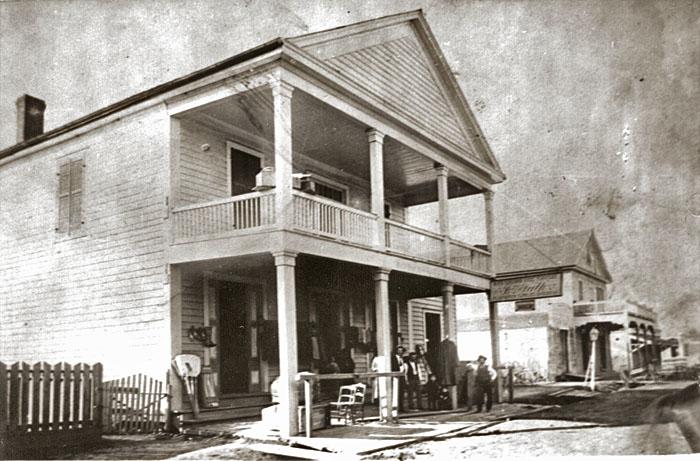
Falk’s Store in Lafayette, Louisiana, Photo courtesy of Lafayette Parish Clerk of Court, Louis J. Perre
As great merchants in Lafayette, Louisiana, Henri’s parents served as prodigious role models. Henri’s mother, Mary, a great merchandiser who became a prominent retail businesswoman, was born in Prussia, and his father, who passed away when Henri was a young boy, was a German Jew. After he died, Mary would later remarry Benjamin Falk in 1878, a man who became established as one of the most influential Lafayette-based businessmen at the time.
Although Bendel converted to Christianity by the time he finished schooling, most of his family, with whom he remained close, continued to practice Judaism. I asked Tim what he hoped readers would take away from the book. He said that he hopes they discover this lost figure of fashion retail—once so well-known not just in New York but throughout the country—known by reputation and women reading the syndicated columns he penned in the 1920s and 1930s.
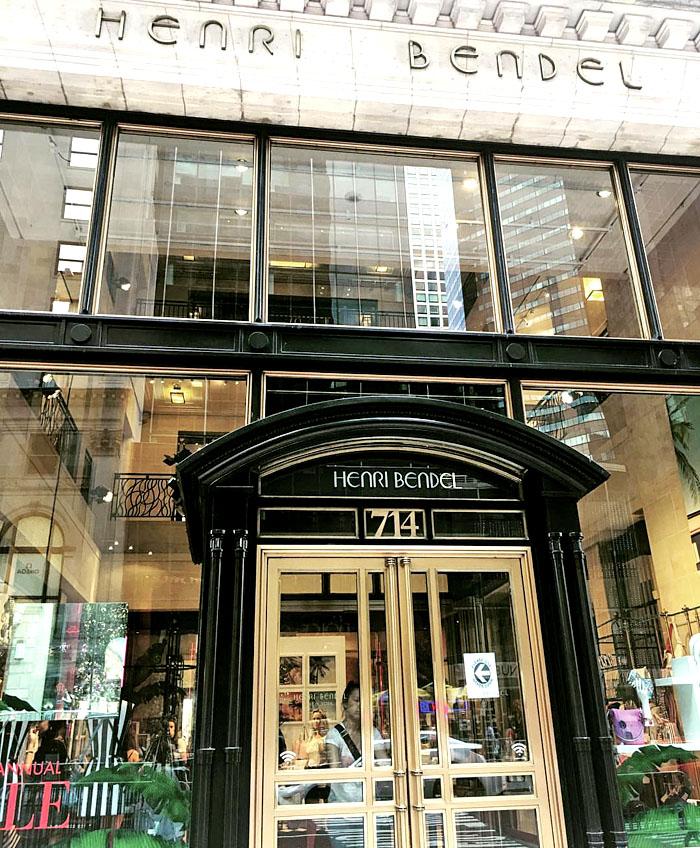
The last stop, 714 5th Avenue, Photo by Steven VanAuken
Henri Bendel closed all their stores on January 19, 2019, and shut down its website soon after. The brand ended after 123 years in business. Is it possible for Bendel’s to rise again? Anything is possible. Bath & Body Works still has the right to the name.
Coincidentally, Barneys, which was unquestionably originally molded after Bendel’s (as Tim says, it was “Barneys before Barneys”), is debuting a five-week-only pop-up in Soho starting September 5.
The activation, which honors the start of New York Fashion Week and pays homage to the store’s original downtown location (it eventually moved to Madison Avenue by 61st Street on the Upper East Side), will run through October 11 at 14 Prince Street by Elizabeth Street.
Recent Comments:

Our comments section is working again…

LOVE all of this. Thank you, Marilyn. <3

My fave is the Gorski. Best look and function to me!

A Marvelous Tribute to IRIS, a one-of-a-kind work of art!

You beautifully, tastefully, and rightfully said it all. I do think Melania’s Adviser Herve Pierre influences her choices.

Fascinating article–fascinating man! Thanks, Marilyn!

Love my portrait Thank you Michel Haddi!!!!
Such a fun and bold take on fashion! Love how this collection brings a fresh, playful energy to the scene.

Beautifully written with fashion, identity, and branding intelligence!

Wonderful gift ideas for stressful times! These suggestions are really thoughtful. Thanks for sharing!

Bob Mackie…truly a creative GENIUS with limitless talent that I adore!

Marilyn! What a wonderful and informative article you have written. I so loved Bendels, although (in my opinion) it was never the same after it moved from w57th St, I always loved that store and felt a part of it.
I miss it to this day.
Thank you for this article and all the others you have written for lookonline. You are brilliant. I adore you and am so lucky to be a friend of yours for decades.
We are long overdue for a reunion.
Always,
Anne Dee
How interesting! Bendel’s was always a favorite store of mine. Miss those days…Thanks for another great article.
Such a LOSS! I feel Bendels was to NY what Venice is to Italy.